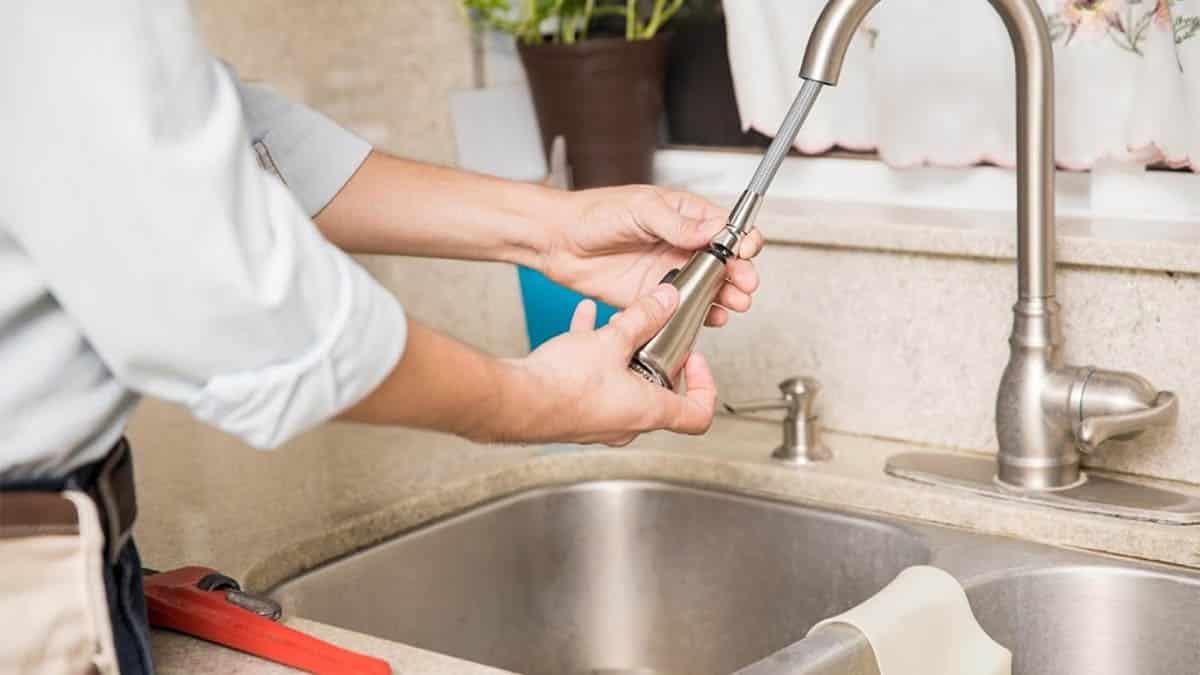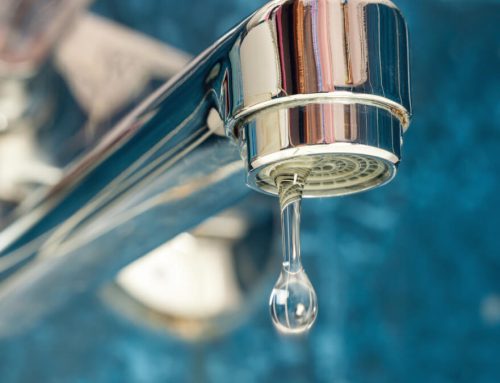
4 Things to Look for During a Plumbing Inspection
House inspection is a critical step when buying a home. During the inspection, you should pay attention to the structural integrity, roofing system, security features, interiors, HVAC systems, appliances, electrical systems, exteriors, and plumbing systems.
A reliable plumbing system allows free flow of clean water and wastewater in and out of the house, respectively. Therefore, you need to inspect the plumbing systems with the help of a professional before you close the deal. Here are things to look for during plumbing inspection.
1. Water Heater
The efficacy of a water heater can help you assess the performance of the entire plumbing system. Switch on any faucet and find out whether the heater produces enough hot water or not. Do this for a couple of minutes to detect any temperature fluctuations.
If you hear strange sounds from the water heater, this could be a sign of sediment buildup that needs to be flushed.
Remember to check for any leak signs around the water heater. Make sure the pipes and other fittings are well connected and sealed. With the help of a technician, you should identify signs of loose parts, leaks, and faulty accessories and estimate the repair or replacement costs.
Moreover, the plumbing technician can help you check the heater type in the house in question and offer advice based on the degree of efficiency.
2. Kitchen
In the kitchen you need to check the sink, garbage disposal, shutoff valves, and other kitchen appliances. Here is how to inspect them.
Sink
Turn on the faucet and check for any leakage around it or slow draining. You can let tap water run for a few minutes and watch how it behaves.
Be wary of water that drains slowly because this could a sign of blockage. Fortunately, a plumber can disassemble the sink, clean the drain, or replace any problematic parts.
Even if the drain is in good condition, however, you need to observe proper maintenance strategies to prevent clogging once you buy the house.
Garbage Disposal Unit
Check for any leaks from the garbage disposal, and let the plumber tighten the connections. Strange smells from the garbage disposal is a common sign of clogs. Since the garbage disposal units might also fail to turn on, you should test it during the inspection session.
Shutoff Valves
Shutoff valves regulate water supply to your taps and appliances. Turn off different valves to find out if they affect the water supply. If not, you need to repair or replace the faulty ones.
Appliances
Kitchen appliances, such as dishwashers, also depend on the home’s plumbing system. During the inspection, turn on the dishwasher and carefully assess how it functions. Check how long it takes to fill or drain, and make sure the shutoff valve that controls it works.
3. Bathroom
In the bathroom, make sure the faucets don’t leak. Also, find out if the bathroom drains are clogged by hair or soap scum. If you notice any issues, you can hire the technician to open the drains and eliminate any trapped debris.
Toilet
Open the toilet cistern, flush, and watch how it behaves. A toilet that flushes continuously wastes a lot of water and might need repairs or replacements. Also, check for any leaks around the toilet.
4. Main Sewer Drains
If you want to buy an old home, the main sewer drain may have root intrusion and other issues that can block your sewer line. A professional plumber can use camera inspection to detect any signs of cracks, corrosion, or root intrusion and advise accordingly.
You need to inspect various parts of a plumbing system before you buy a home. This guide provides you with a checklist that can make your work easier and help you avoid costly mistakes.
Our company offers plumbing inspection and repair services for residential properties, commercial properties, foreclosure properties, and condos. Contact us today for quality services.

